Before you get started, take a minute to browse the contributors page for her other posts. All of her posts are interesting and you just might learn something new.
Librarians, Teachers and School Leaders Can Promote YA Literature in All Disciplines by Sharon Kane
| I have a t-shirt that reads, “Your Library IS the Common Core.” In some schools, that statement is reality. In others, it may still be in the dream stage. So let’s envision what a school would look like where library staff, school leaders, and teachers have committed to collaboration in order to bring Young Adult literature into every discipline. It’s the week before students arrive for the start of the new academic year, and teachers are gathered in the library for staff development, eagerly waiting to hear about recently published books that connect to their curricular topics. The librarian, Mr. Ramalho, has disciplined-themed displays set up, and is just as eager to give book talks and co-plan activities based on the books as the teachers are to work with him. |
-What’s on Your Plate?: Exploring the World of Food, by Whitney Stewart and Christiane Engel (2018) is an interdisciplinary text, able to be used in lessons on cooking, geography, history, language, culture, art, botany, etc. Readers will learn about the food culture in Thailand, Morocco, Mexico, Brazil, India, Greece, and more.
- Meal, by Blue Delliquanti with Soleil Ho (2018), is a graphic novel featuring protagonist Yarrow, who loves entomophagy; she has been harvesting insects and has earned certification from a culinary school. Her goal is to be hired in a new restaurant. The chef has given her a challenge, and we can join her as she looks for specialty ingredients such as ant larvae, grasshoppers, tarantulas, and mealworms, and then works her magic with them. Readers are rewarded with recipes at the end.
-Your Brain Needs a Hug: Life, Love, Mental Health, and Sandwiches, by Rae Earl (2019), combines the author’s personal experiences, tips about managing various conditions, humor, and resources.
- With the Fire on High, by Elizabeth Acevedo (2019) introduces us to Emoni, a talented high school senior with a flare for cooking, and with great love for both the grandmother who raised her and her two-year-old daughter. How can she think about going to culinary school, with limited resources and competing responsibilities? Students will come away from this story with valuable lessons and intriguing recipes.
-Diet for a Changing Climate: Food for Thought, by Christy Mihaly and Sue Heavenrich (2019) offers a rationale for broadening our view of what’s good to eat, and includes recipes students can prepare, including dandelion pancakes, roasted crickets, secret bug sauce, chirpy-chip cookies, mealworm tacos, and beetle croutons. Yum!
So, teachers are now ready to greet their new students. But further staff development is being planned. Instructional coaches and teacher volunteers will lead meetings of Professional Learning Communities using Lesley Roessing’s Talking Texts: a Teacher’s Guide to Book Clubs across the Curriculum (2019). Mr. Ramalho is awaiting the publication of Liz Deskins’ Content-Area Collaborations for Secondary Grades (2020) on October 1; he will use it as he plans future projects with teachers.
What do your schools look like in terms of literature in the disciplines? Feel free to write in the comment section if you have a book to recommend, or if you wonder if others have found literature connected to particular curricular topics. We can work together to create literature-based secondary schools, with the library, and the librarian, at their CORE.
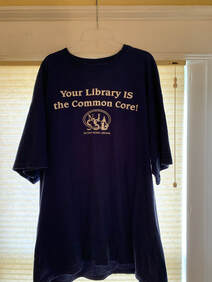
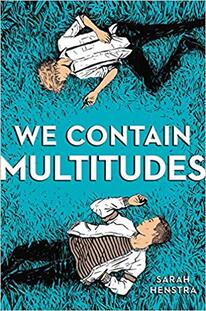
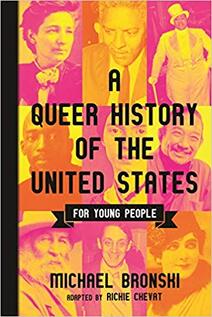
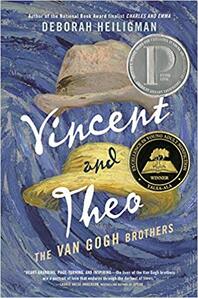
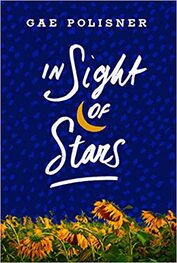
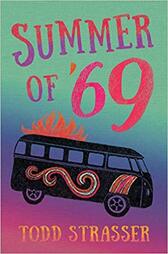
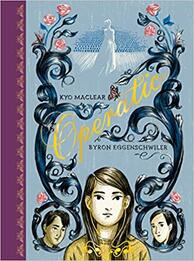
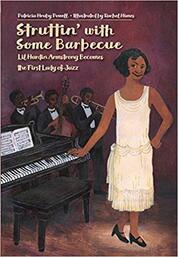
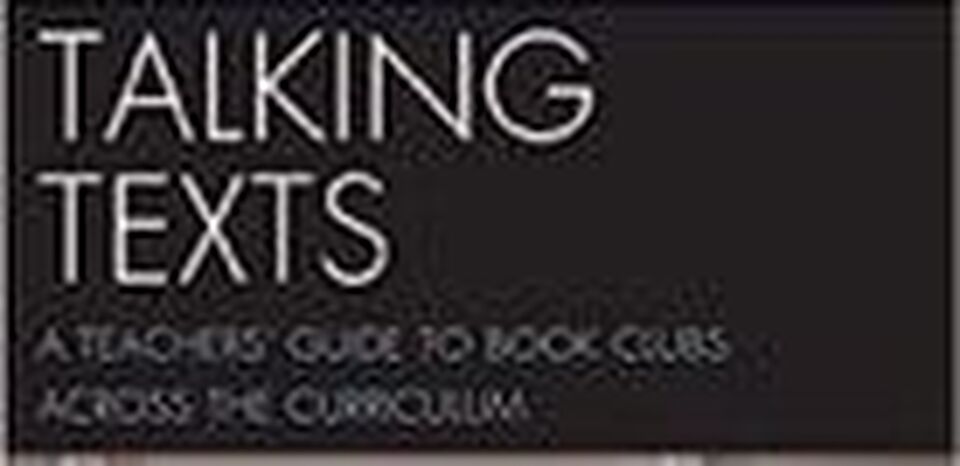
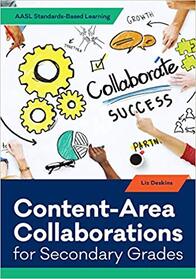

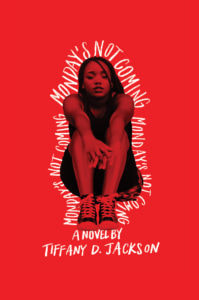
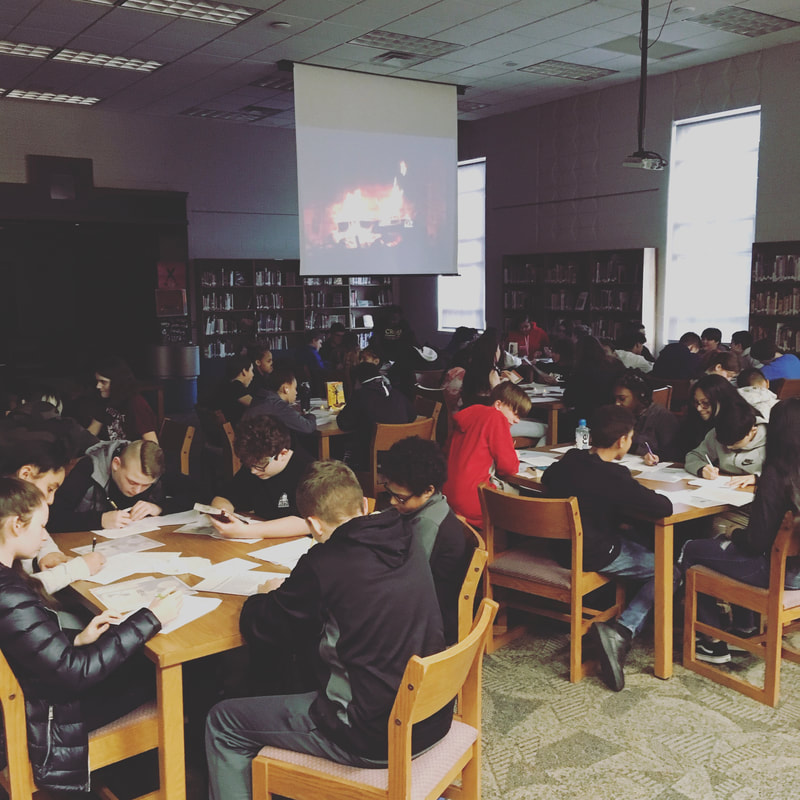
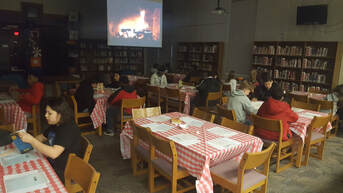
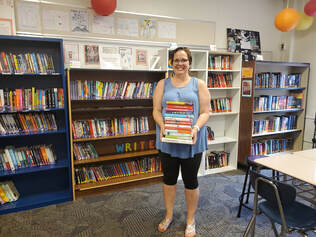
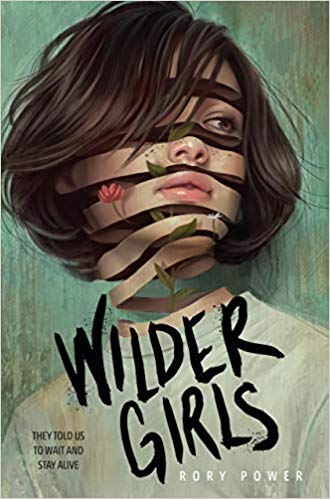
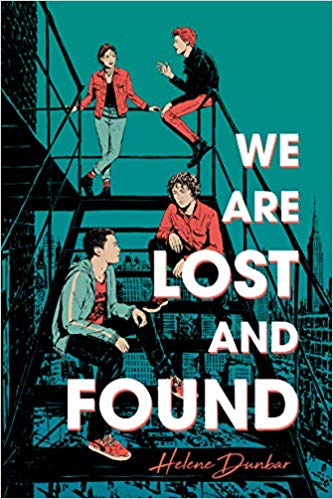
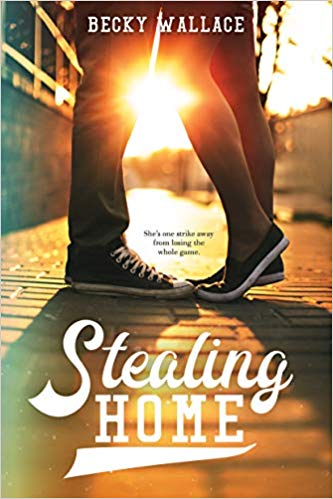
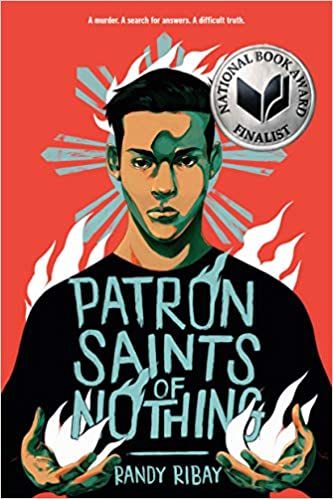
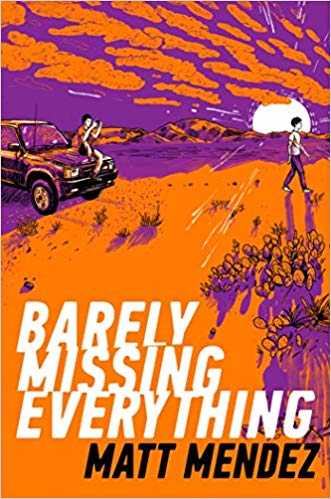
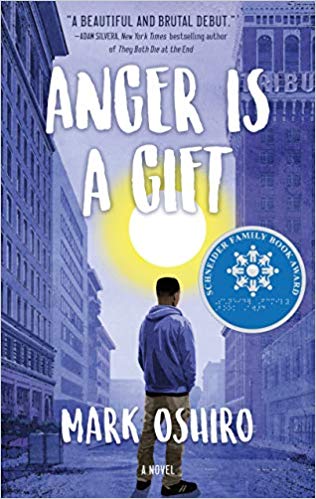
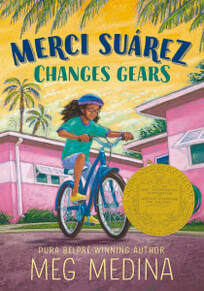
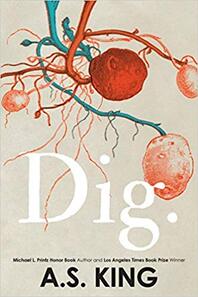
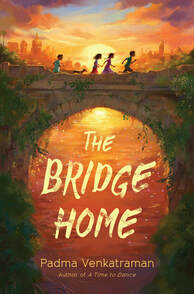
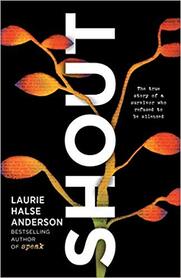
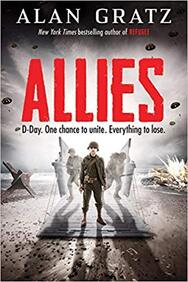
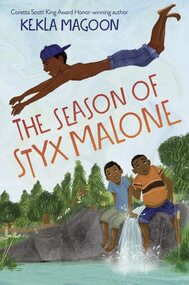
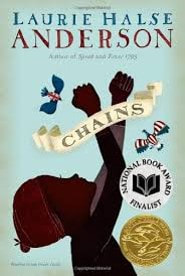
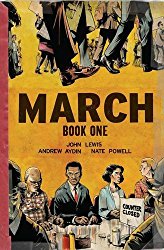
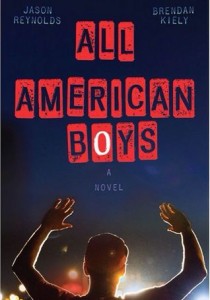
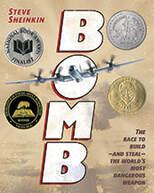
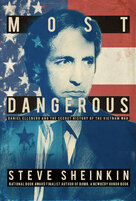
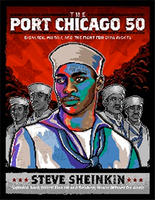
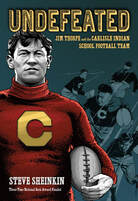
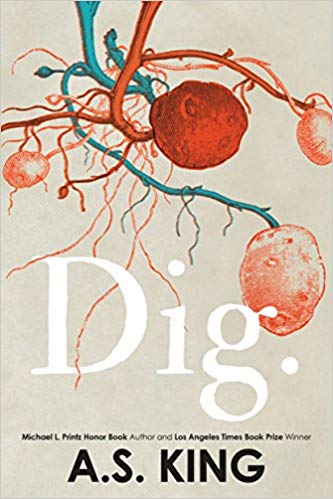
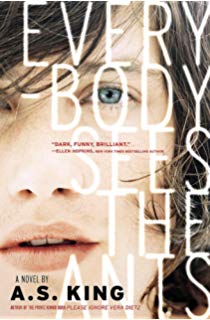
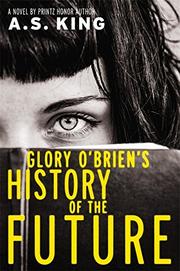
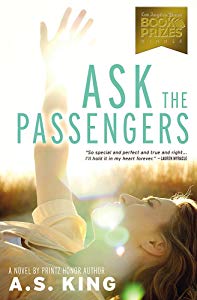
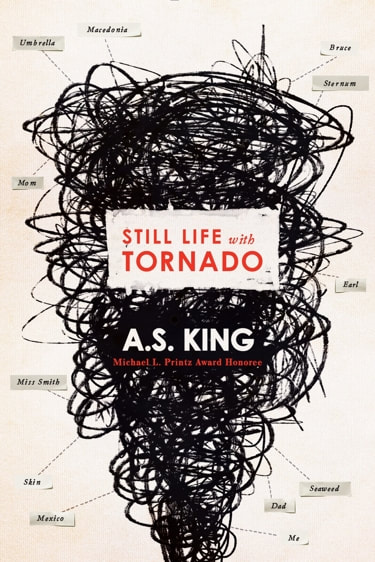
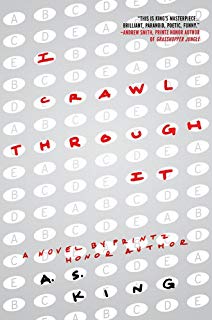
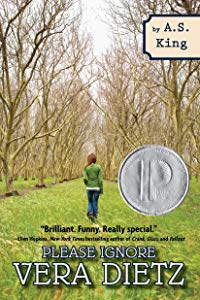
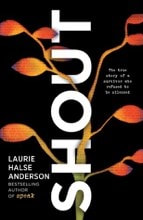
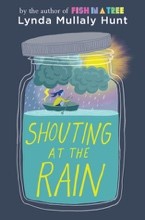
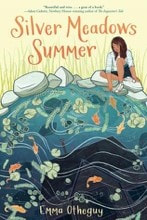
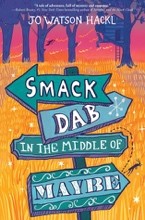
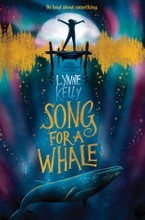
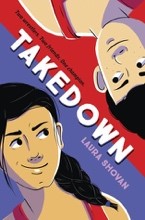
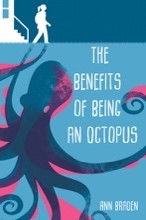
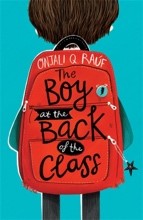
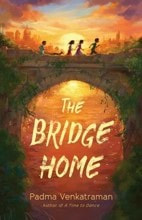
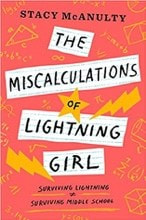
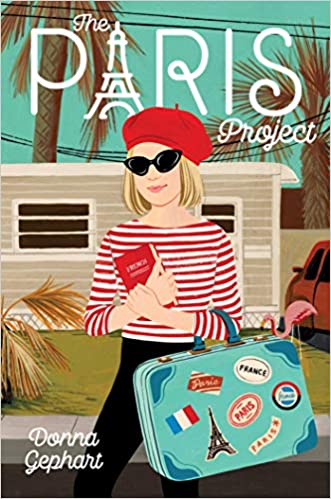
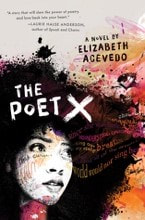
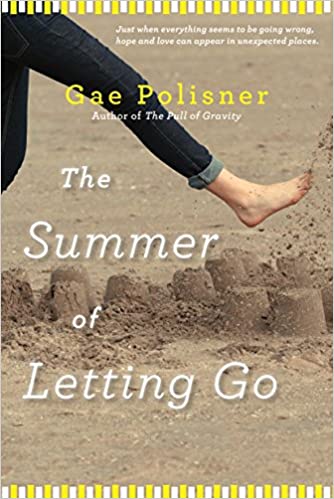
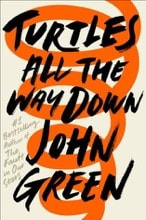
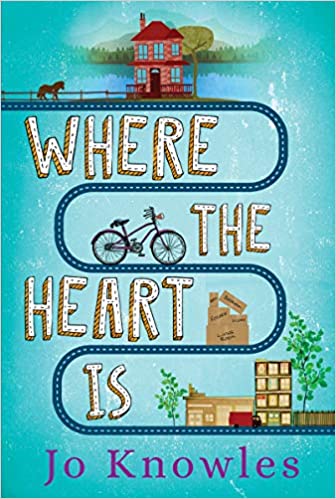
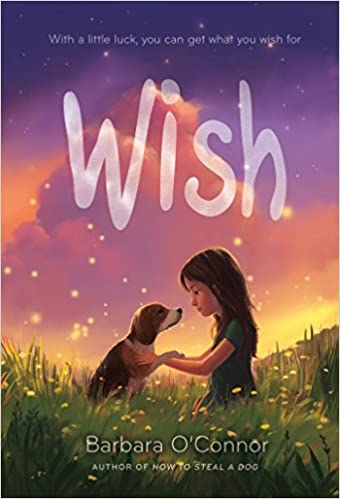
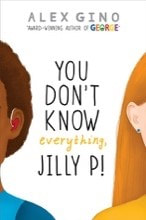
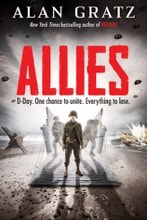

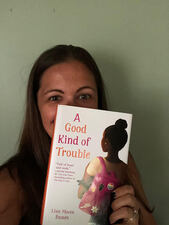
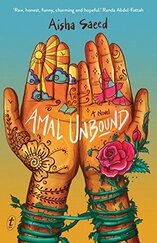
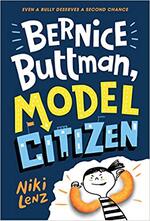
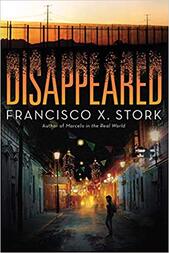
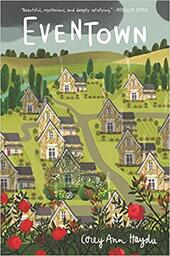
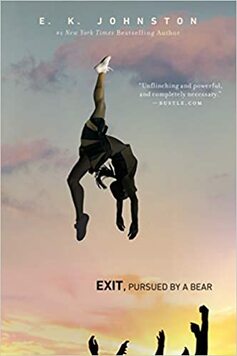
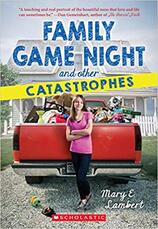
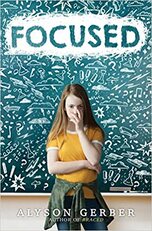
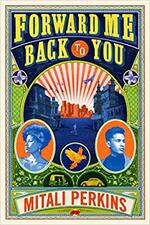
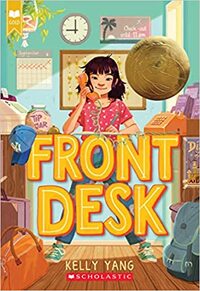
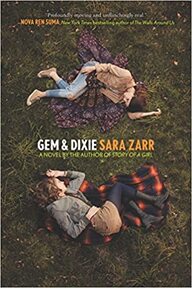
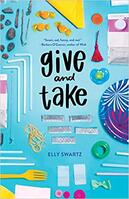
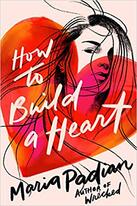
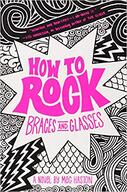
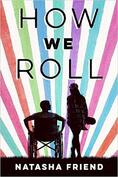
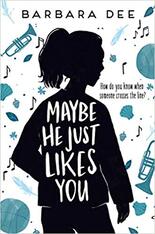
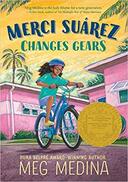
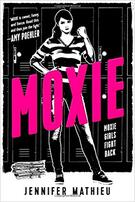
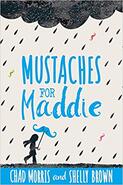
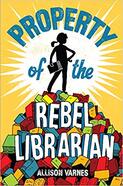
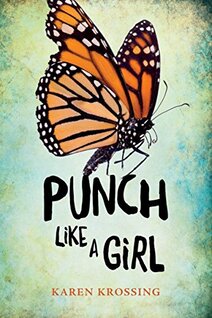
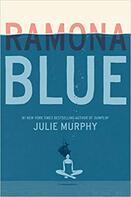
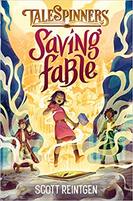
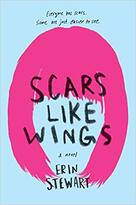
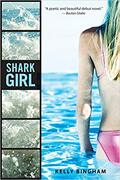
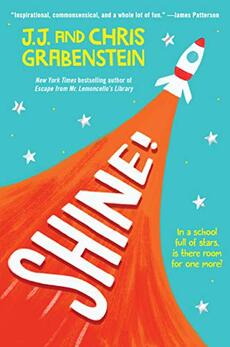
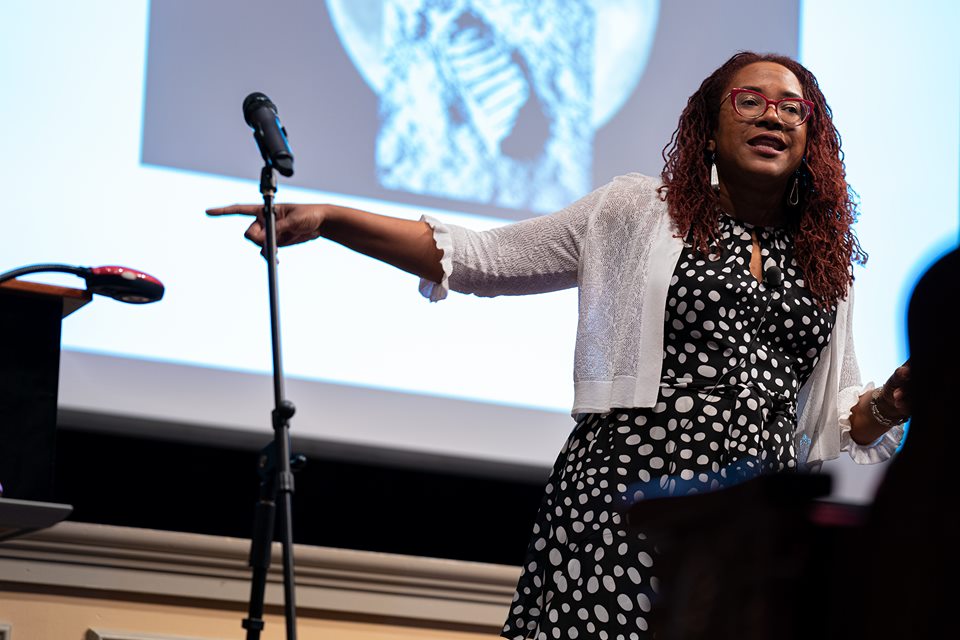
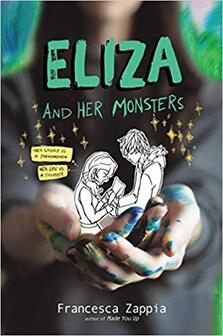
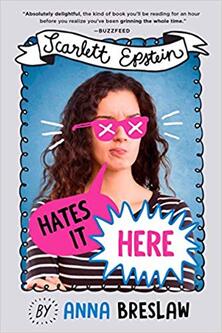
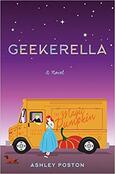

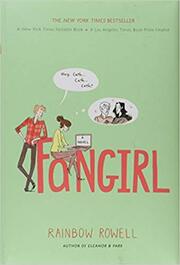
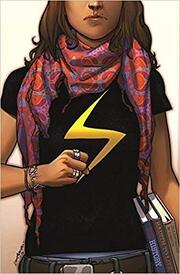
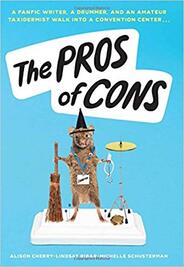
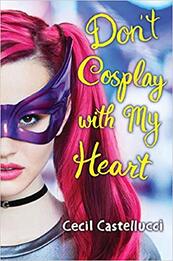
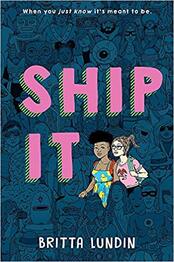
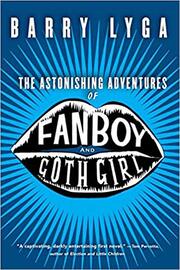
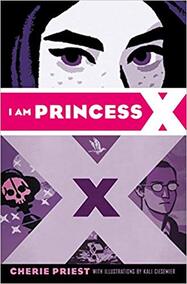
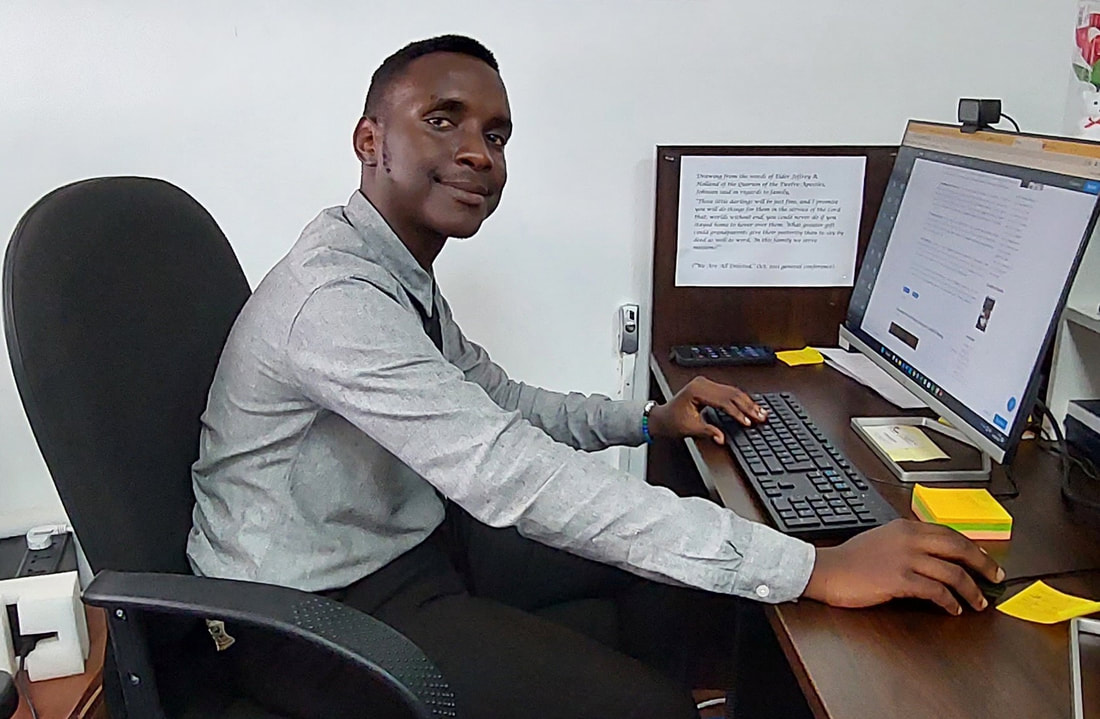
 RSS Feed
RSS Feed